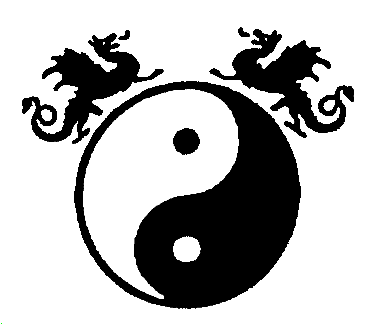Reference Library
Tai Chi Styles
Chen Tai Chi Ch’uan, the first recorded family style begins with Chen Wang-Ting who in the mid 1600’s began teaching Tai Chi Ch’uan consisting of 5 routines, in the Chen Village of Henan province.
Chen’s Tai Chi branched into three versions of Chen Tai Chi. These were Chen Chang-Hsins Old Style, Chen Yu-Bens New Style and Chen Chin-Pings Shiao-Jar (small frame) style. The first routine of Chen Chang-Hsins Tai Chi Ch’uan is the oldest known form from which all other forms have been derived.
Chen Tai Chi movements include fast punches and silk reeling movements that involve joint rotation throughout the body. The key to Chen movements is the regular practice of silk reeling techniques. One must move the body as a coherent unit by originating all movements from its center and by giving circularity to arm and also leg movements. There are frequent shifts of movement from vigorous to soft. A student of Chen Tai Chi gains a distinct awareness of the alteration between Yin and Yang. Chen Tai Chi is great for people with arthritic conditions due to the silk reeling and joint action of Chen Style. An observer of Tai Chi will visually notice that this is the most physically active of the first 3 main styles of Tai Chi.
Yang Tai Chi Ch’uan begins with Yang Lu-Chan in the early 1800’s. Yang was an early student of the martial arts and heard of Chen Tai Chi. He approached Chen about becoming a Chen student but was turned away as he was not a family member. He became a farm worker in the village and one evening observed the Chen Tai Chi practice. He observed nightly and began learning Chen Tai Chi on his own. After being discovered he was asked to demonstrate what he knew. After showing a high level of ability he was accepted as a student.
Yang was the first to bring Tai Chi out to the public when he returned to his home in Hopei province. This was the beginning of Yang Style Tai Chi. It seems that the present Yang Tai Chi began with Yang Chen-fu the grandson of Yang Lu-chan. This is the style most popular today.
Yang Style Tai Chi is practiced with an outer softness but with an inner firmness or strength. Yang Tai Chi is performed in a soft and continuous manner like the reeling of silk so as not to break it so there should be no changes of speed in Yang practice. Yang Tai Chi has in it a balance of Yin and Yang, and equal balance of external softness and internal strength. Cheng Man-ch'ing reached the highest level of achievement and created a shorter Yang form to bring to the west especially for its health benefits. By practicing Yang one can maintain a constant energy flow throughout the body to both heal and maintain health.
Don’t forget, Yang Tai Chi also is a most effective martial form as are the other Tai Chi styles.
Wu Tai Chi Ch’uan begins with Wu Yu-Hsing. Wu studied Small Frame Chen Tai Chi Ch’uan with Chen Chin-Peng. This was the major influence of the small upright movements of Wu Style Tai Chi.
Wu’s knowledge of Tai Chi reached a very high level and after much study and practice he wrote a famous treatise ; “The Theories of Thirteen Postures”.
Wu Tai Chi Ch’uan emphasises high compact stances and very direct techniques. Every posture of the Wu style has four states (Start, Connect, Open and Close). Each exemplifies a particular stage of Tai Chi Principle:
- Start describes the change from Wu-Chi to Tai-Chi: when ones thought is about to be actualized (mind intent).
- Connect describes moving from Tai-Chi to Yin-Yang in order to differentiate every part of the body into solid and empty.
- Open describes initiating attack or retreat.
- Closed describes the action of attacking or retreating.
Wu style divided into both a northern and southern style with Wu (Li) being northern and Wu (Hao) being the southern style. Wu Tai Chi was not as popular as the Chen and Yang styles as it was kept within the family the longest. It wasn’t until the 1930’s that Hao Weizhens son, Hao Yueru and grandson Hao Shaoru went south to Shanghai, Changshou, and Nanjing to introduce this style to southern China.
Sun Tai Chi Ch’uan was created by Sun Lu-tang (1861-1932). Sun was a well known exponent of the Xingyiquan and Baguaquan before he learned Tai Chi Ch’uan. Sun first began his Tai Chi training under Hao Weizheng one of the main creaters of the Hao Style Tai Chi. Sun Style Tai Chi is characterized by agile steps and qigong. Whenever one foot moves forward or backwards the other foot follows. The movements flow smoothly and whenever you turn there is an opening and closing movement, which is a powerful qigong exercise. Sun style is especially effective for relaxation and healing.
All styles of Tai Chi are the same in that they must follow certain basic principles of Tai Chi. The differences in form movement is due to the Masters personal view and philosophy of its martial purpose and health benefits. Any one can create a different form but to create a new style is a major internal achievement!



